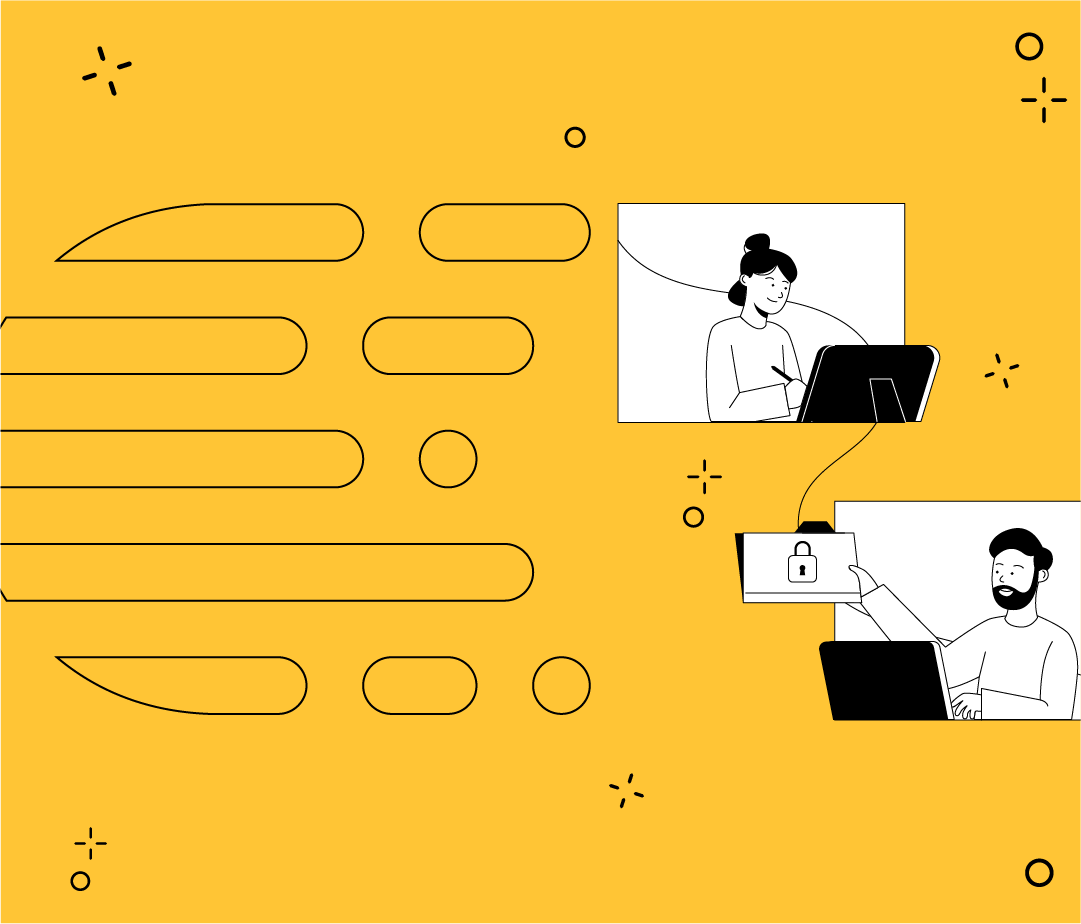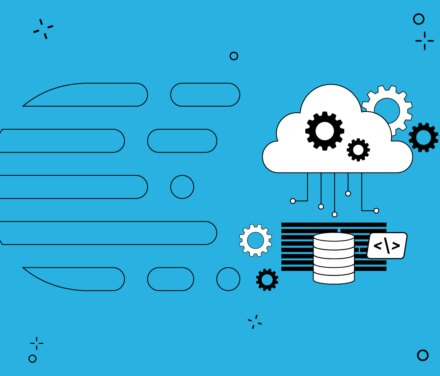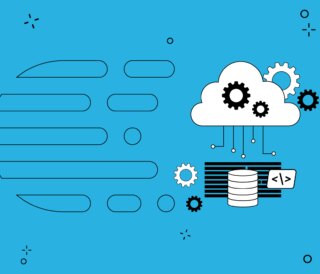Software security is a critical concern for any company, especially in fast-paced development environments where the pressure to release products can compromise security measures. In this environment, it is important not to neglect best practices that protect your data and help you achieve the highest standards in software development.
1. Implement DevSecOps
DevSecOps integrates security into every phase of the software development lifecycle. This ensures that security is not an afterthought, but an integral part of the process. DevSecOps practices include:
- Security test automation: Integrate tools that perform security analysis on code every time a new build is performed.
- Security culture: Foster shared responsibility for security among all team members.
2. Use security analysis tools
There are a variety of tools that can help you identify and fix vulnerabilities in your code before they reach production:
- Static Application Security Testing (SAST): evaluates source code without executing it to find vulnerabilities.
- Dynamic Application Security Testing (DAST): tests the running application to find problems that may only appear during operation.
Suscribe to our newsletter!
3. Adopt the Principle of Least Privilege
This principle ensures that each software component and each team member only has access to the data and resources that are strictly necessary for their function. This reduces the risk of a vulnerability compromising the entire application.
Read more → AWS Security: Tips for Securing Cloud Infrastructure
4. Security training
Regular training of developers and other team members on security best practices is critical. Some important topics include:
- Software development security: knowledge of threats and how to mitigate risks.
- Incident response: clear procedures for how to handle and report security issues
5. Make penetration tests
They simulate attacks to identify vulnerabilities that could be exploited by real attackers. These tests should be performed periodically and after significant code changes.
Read more → eBook: The ABC of Information Security
6. Continuous monitoring and audits
Real-time monitoring and regular audits help to quickly detect and respond to any suspicious activity. It is crucial to implement intrusion detection systems and keep detailed logs of all activities.
7. Document and follow safety standards
Adopting and following recognized security standards, such as ISO/IEC 27001, helps maintain a structured and proven approach to information security management.
Some recommended software security tools are:
- SonarQube: For static code analysis.
- OWASP ZAP: For dynamic analysis of web applications.
- AWS Security Hub: For security management in the cloud.
Ensuring software security in a rapid development environment is challenging but essential to protect the business and customers. Implementing DevSecOps, using appropriate tools, and maintaining a culture of security can help mitigate risk without compromising development speed.
Are you worried about the security of your software? At Crombie, we provide integrated security solutions to ensure your development is fast and secure.

At Crombie, we apply best security practices from the start
We help our partners implement continuous analysis tools and improvement processes. We can build secure, scalable solutions that are ready to grow your business.












Leave a Comment